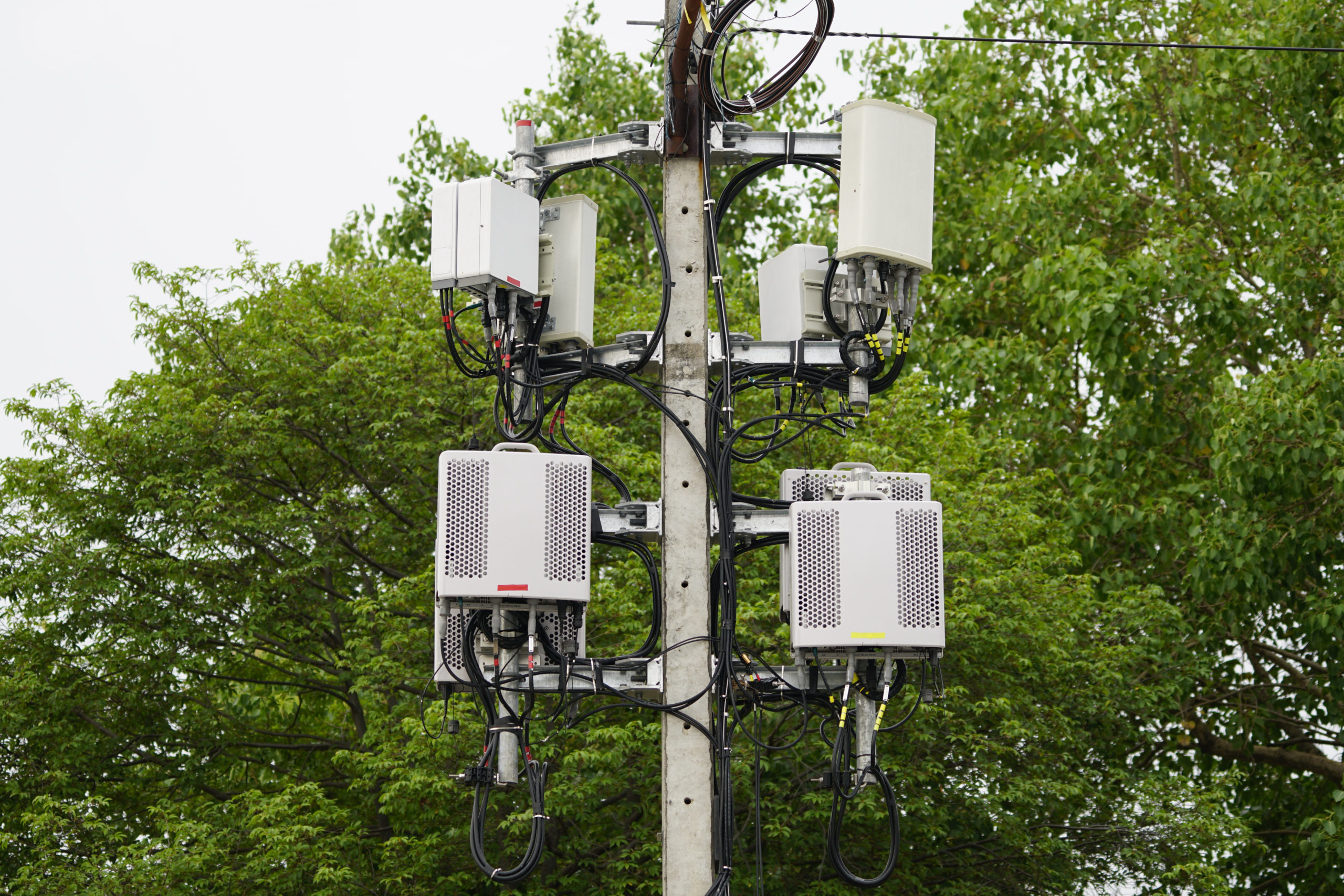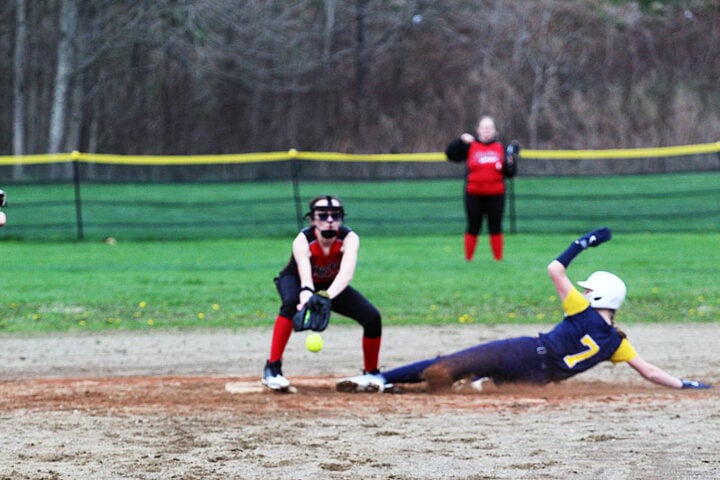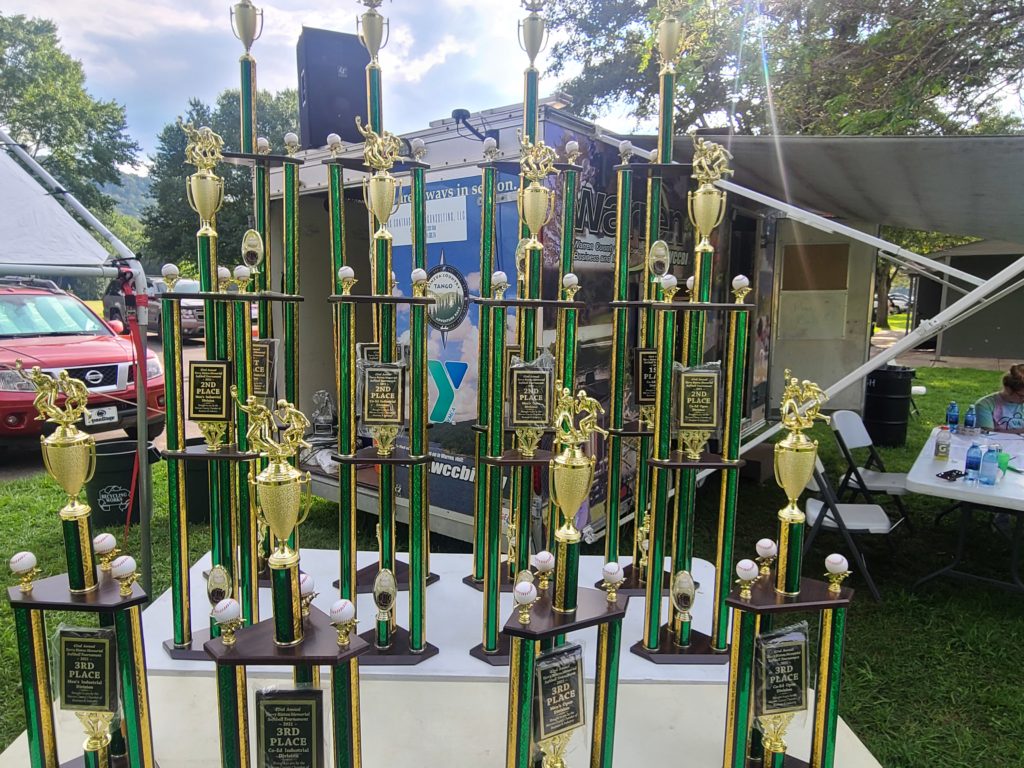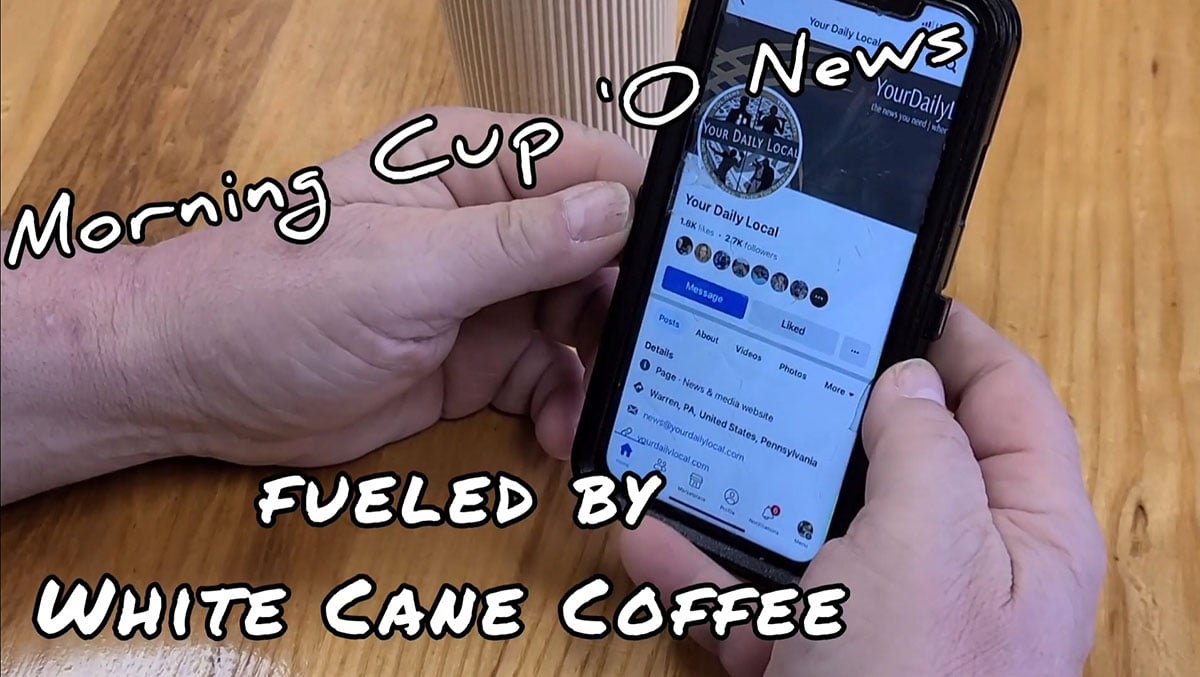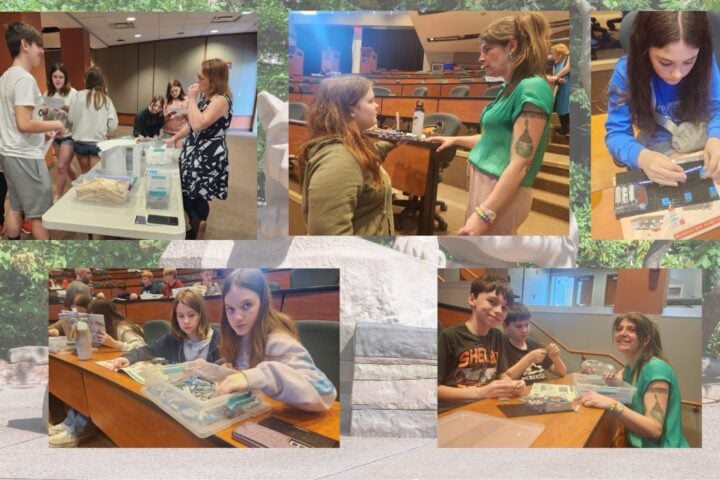WARREN, Pa. – Warren City Council was brought up to speed by Crown Castle, a communications infrastructure company regarding 5G potentially coming to the city.
Tom Musgrove and Bob Ritter from Crown Castle made a presentation via Zoom to the council about the ins and outs of 5G development.
“There’s been a lot of work with the planning and zoning commission to get an understanding of the fast-moving 5G environment,” said City of Warren Mayor Dave Wortman. “With a relatively new council, we’re playing a little bit of catch up.”
Musgrove and Ritter explained the process of “small cell” development that would be necessary for residents if and when 5G arrives.
“We love when municipalities reach out and ask for our advice,” Musgrove said.
A 5G small cell is essentially a hybrid between a Wi-Fi router and a macrocell for cellular networks. It looks like a utility pole and can be no more than 50 feet in height, or 10 feet taller than the highest adjacent structure.
“Low-profile small cell installations and dense fiber networks are key to delivering on the 5G promise,” Musgrove said.
Ritter explained that the small cells are meant to blend in with their surrounding area.
“The standard can’t be that it will be invisible, but rather unobtrusive,” Ritter said. “Each antenna is less than three cubic feet. Not many go up to 50 feet. That’s not the norm these days.”
Council Vice President John Wortman asked if the small cells would be able to blend in.
“Absolutely,” Musgrove said. “Our goal is to get as close as we can to make sure it blends in plain sight.”
Musgrove went on to explain that these small cells would be needed every 500 feet up to 2,500 feet.
“There are different designs and different methods of installing this infrastructure,” Musgrove said. “It’s more of an evolution than a quick cut-off.”
There’s also the matter of cost, which Crown Castle addressed.
“The cost could get closer to six figures than five figures for each cell,” Ritter said, adding things like the type of pole and equipment power would play a role.
Musgrove also added that 5G isn’t necessarily for every community.
“I’m firmly of the opinion that I don’t feel fiber to the home is a solution for everyone across the United States,” he said. “The idea of using existing infrastructure that provides that wireless connectivity is the most efficient solution.”
Planning Commission Chair Angie Dart is behind the idea, including a draft ordinance that has already been before the council.
“We feel this ordinance is solid and recommend it highly,” Dart said.















